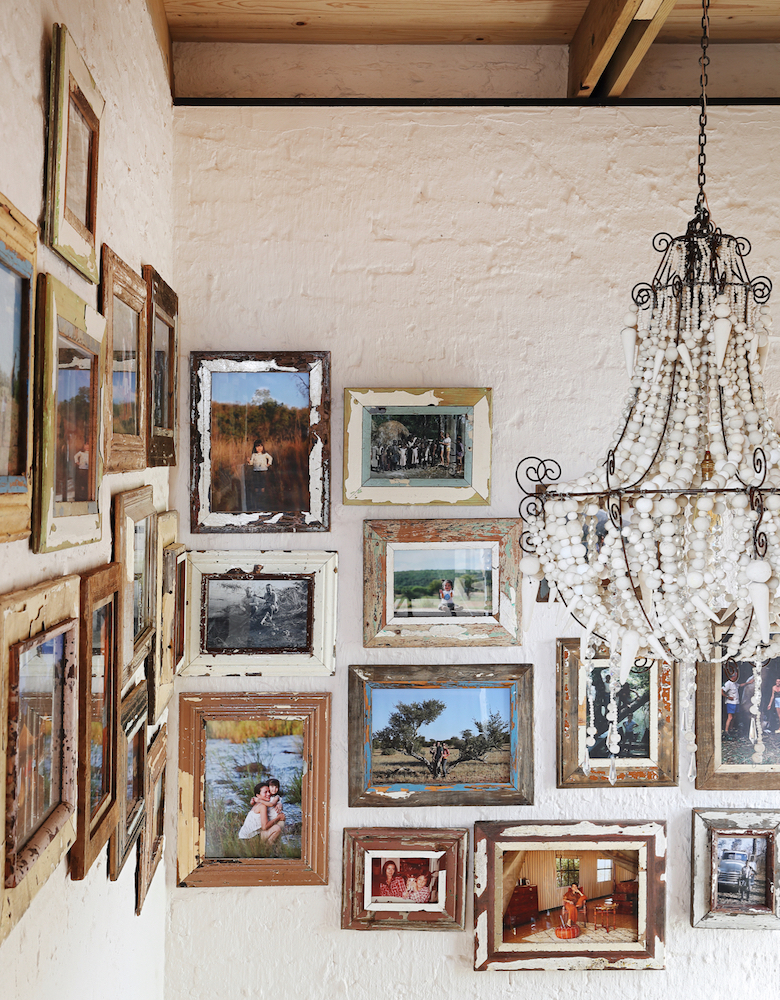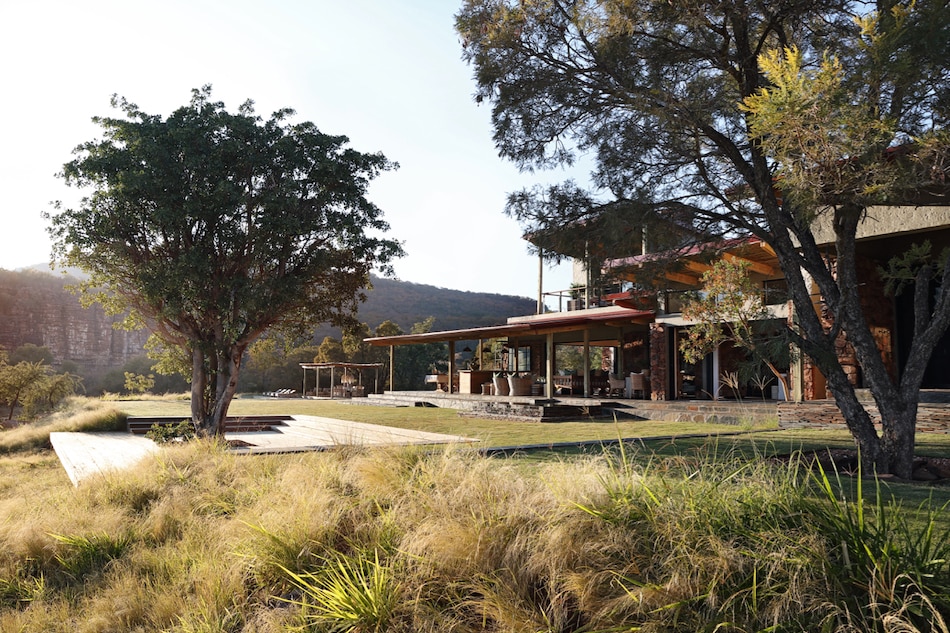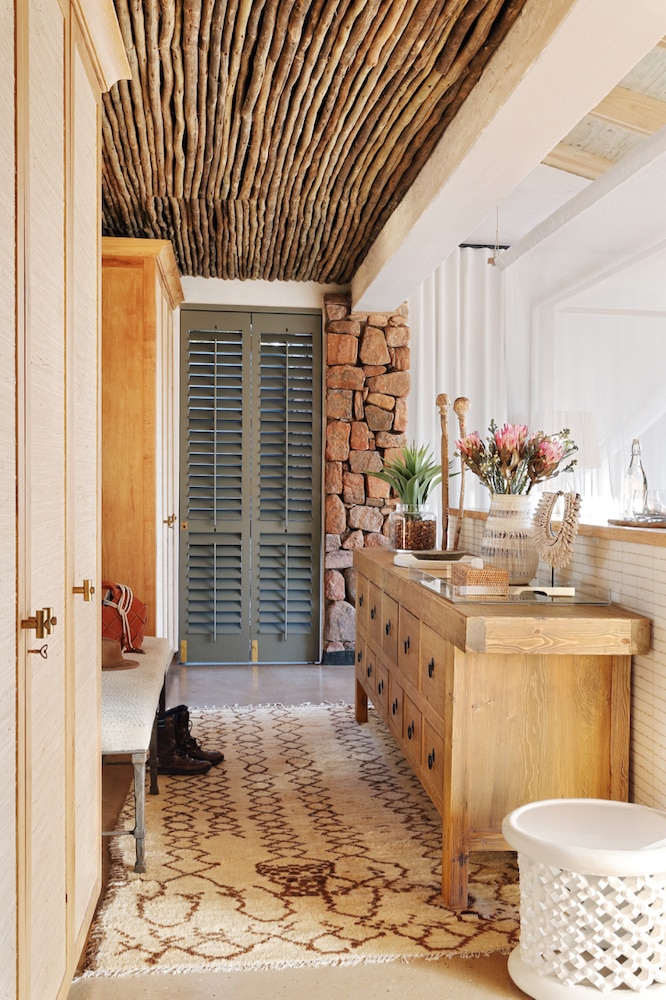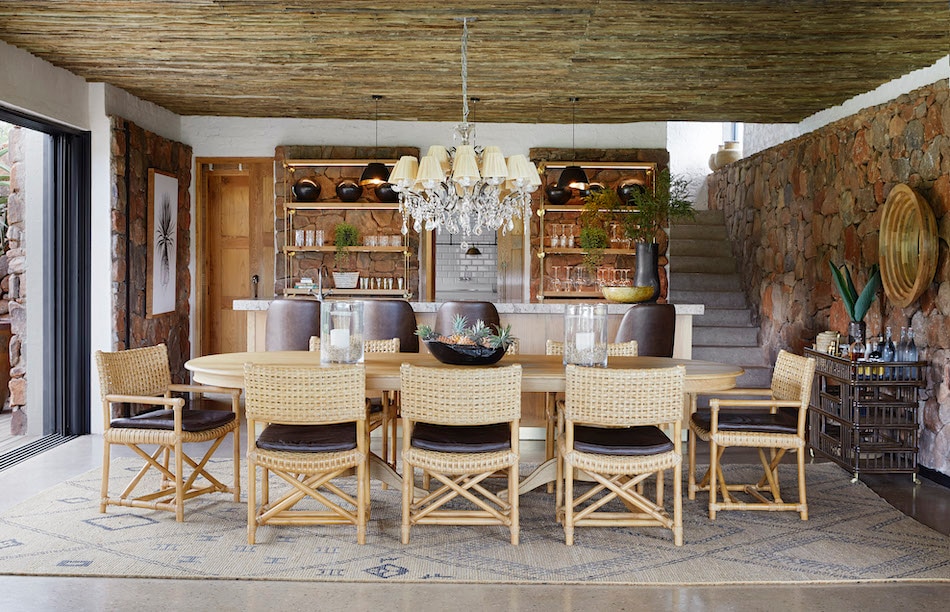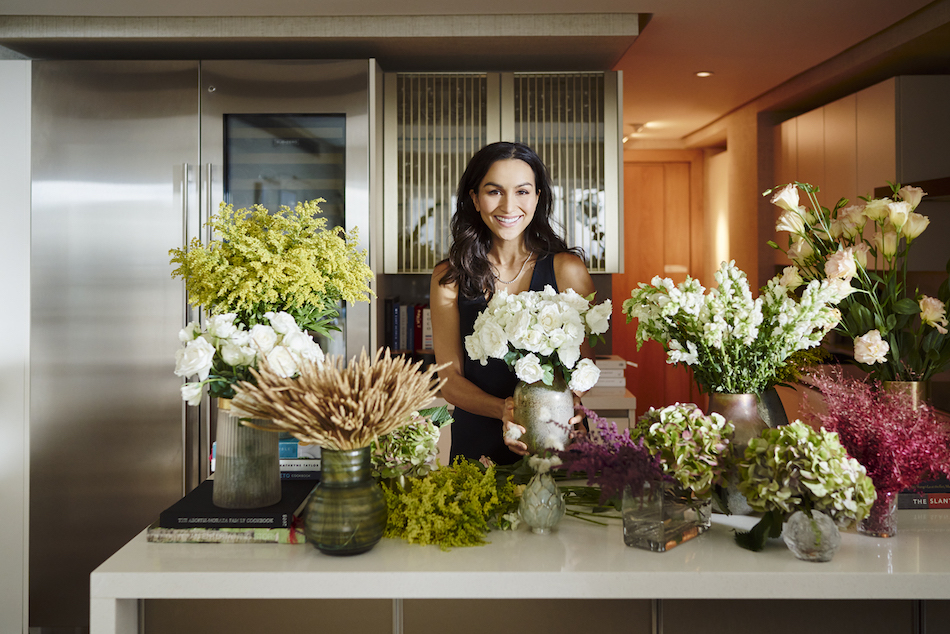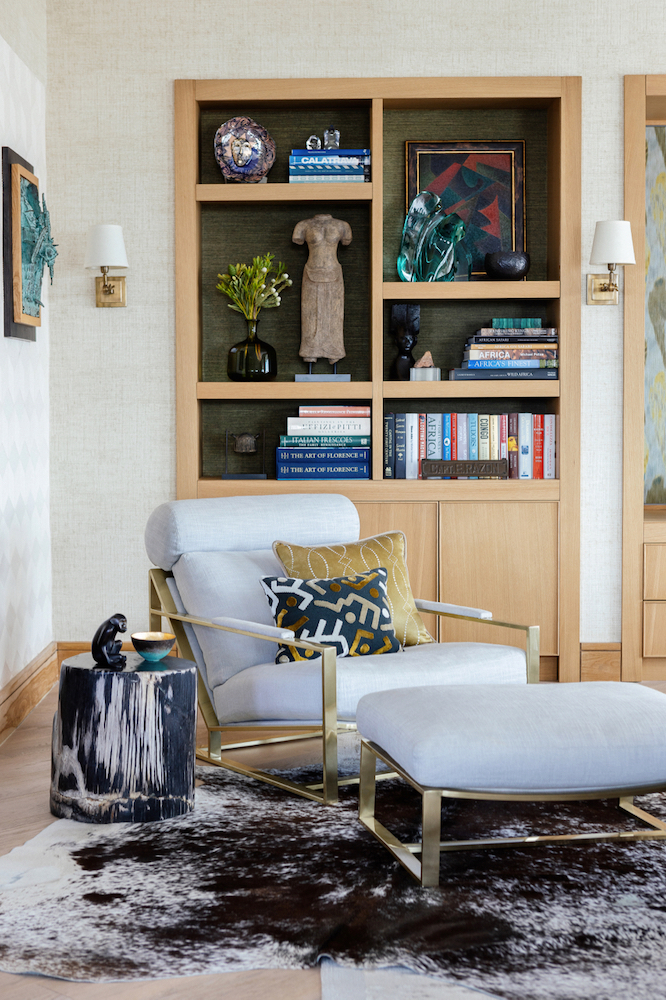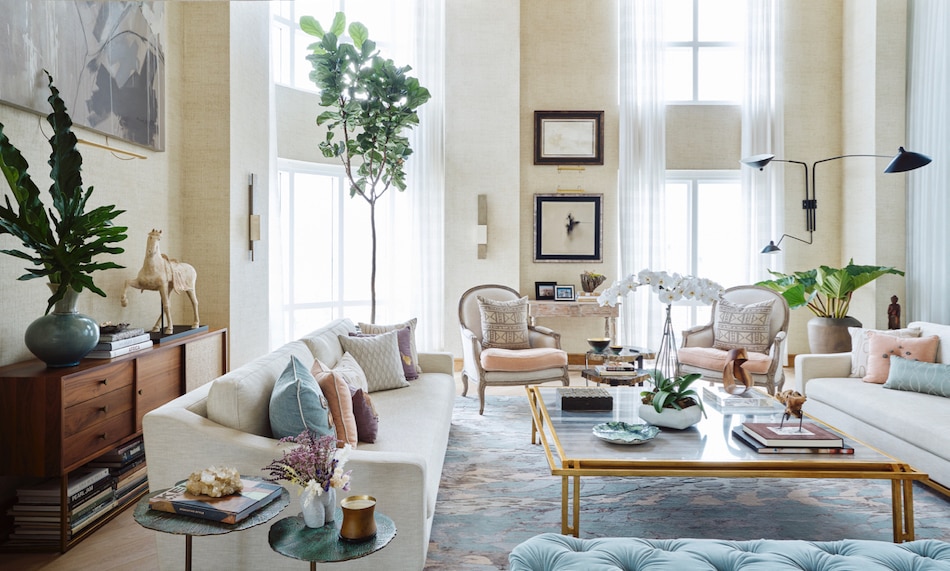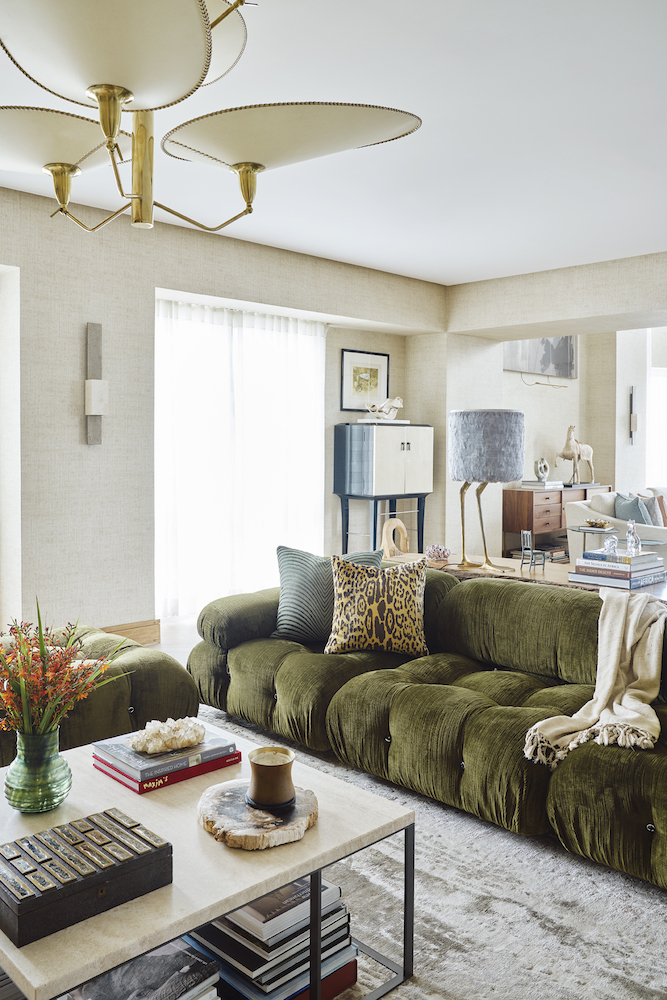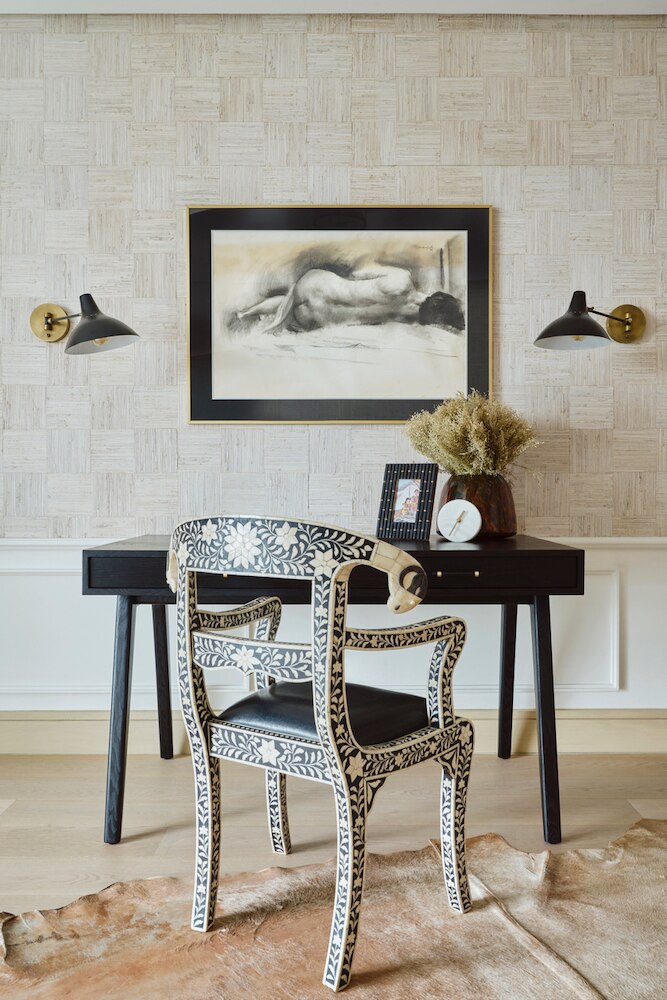Her swanlike beauty and grace have landed her in many a magazine cover, and her pulled-together style is the envy of women who want to have it all: a career, a picture-perfect family, and the photogenic settings to nurture all of that in. But it was only when Stephanie Kienle Gonzalez launched her first book, a glorious tome that celebrates her design aesthetic, that people got really introduced to the woman and the creative up close, and her point of view.
In the book “Embracing Natural Design,” published by eminent publishing house Rizzoli in New York, the Swiss-Filipina allows her fans and the curious entry into her worlds, her house in Manila and her home in South Africa, which she’s filled not only with fixtures and mementos from her travels but also stuff proudly made in the Philippines, among them furniture from her family’s very own Philux.
A love for the rustic, imperfect, and yes, natural characterize the environments that Steph designs—which results in a harmonious, calming quality to her interiors. Designer and author India Hicks, who writes the book’s foreword, has found a connection between this visual language and her own preference for “under-decorating.” She describes Stephanie’s work as “taking the ideas of organic forms and natural materials to insane levels of dreaminess, inspiring us all to create the most exquisite, perfect spaces that no one ever wants to leave.”
Steph credits those closest to her heart as having inspired her taste and her pursuits for decorating and entertaining: her mother Zelda who is all about understated style; her Lola Monina, Zelda’s mother, who is welcoming and nurturing and makes the most delicious beef mechado and chicken adobo; and her “iconic” grandmother, Edith Neyrinck Kienle who, based on Steph’s description in the book, is someone she sees herself in or someone she aspires to be: a kind, fantastic-looking woman “with an untamable energy and spirit,” lived out an “Out of Africa” adventure, wild and romantic, when she married Steph’s grandfather; “never over the top, but never underwhelming, either. She taught me that refinement requires restraint, so that you can focus on what matters.”
It’s this value for what really matters that give Steph’s created environs their spirit and their soul. The book may be this glorious indulgence, pages upon pages of gorgeously photographed interiors and landscapes, but what grounds them are the author’s personal tidbits—like buying a modestly sized Fernando Zobel print for her and husband Christian’s first home in Manila—and her insights. “I love the idea of creating a home for inspiration and not as a showcase,” she writes in the book.
Curious about the making of the book, and the evolution of her style, we shot Steph a dozen questions. Here, she shares the aesthetics of her younger self, what’s it like growing up in the furniture business, and what’s the best thing about what she does.
What is “natural design” and what drew you to it?
Mother Nature is one of the best artists. An unpolished stone surface invites you to reach out and touch it, hammered metal imbues a sense of earthiness, and seagrass wallpaper adds a touch of coziness. I have always felt nourished by nature, even as a child, as I grew up hearing stories of my father’s childhood in the jungles of the Congo and, later, saw how my mother transformed our city apartment into a home by making it a haven for greenery.
To me, natural design encompasses many things -- introducing raw materials in furniture, wallpaper, objets d'arts and textiles brings warmth. These incredible natural finishes give a beautiful, rich texture to any space.
I also like to associate natural design with conscious, local craftsmanship. I find the idea of making design choices that can help local communities and have a soft impact on the environment incredibly appealing. This can be something as simple as choosing a piece made locally, by an artisan whose skills have become part of the object’s story. Or using your creativity to find a second life for a piece of furniture you have loved, or even just choosing the very best quality you can find so that an item will give you many years of pleasure.
India Hicks, who writes your foreword, connects your aesthetic to what she calls “under-decorating.” Are these two concepts similar?
While a beautiful, orderly and stylish home makes for a calming sanctuary, I feel that the comfort that a lived-in and under-decorated space brings is equally important.
I love the idea of creating a home for inspiration and not as a showcase.
The elements in it should move you, and convey aspects of your life, personality, and individuality. I do my best to integrate form, function and sentiment in my home and fill my space with a mix of simple and notable pieces that I hope to pass from one generation to the next. This is my directive for more intentional, under decorated, design.
Also, how did you get India to write the foreword?
It is an honor to have India Hicks write the foreword of my book. She so graciously agreed after I had presented to her my concept by email -- all of this was done virtually during the pandemic. I admire India for her chic, laid back style. Her love story with the Bahamas reminds me of my own fascination with South Africa. Rooted in family and a philanthropic sense of purpose, India's endeavors, no matter how big or small, always delight.
Travel seems to play a great role in arriving at “natural design,” finding a home for treasures one picks from wandering flea markets or random popups and estate sales. Which country would you say you have accumulated the most number of finds, and what are some of these finds?
I have accumulated the most number of finds from the Philippines and South Africa. Many of these pieces have found their place in our homes and remind us of wonderful travels. I have a rustic sculptural accent chair that I found in an antique shop in Benguet—the chair was made by an artisan who upcycled driftwood. I also have a bronze plaque from Tanzania that is beautifully carved with African tribal figures. I framed it in my workshop with sustainable wood that contrasts its patinated finish. These pieces are in our Manila home.
The book is really gorgeous and the writing elegant and unpretentious—just like the style and the design you adhere to. But my favorite part is when you say you’d rather create a home that inspires rather than showcases, which is such a grownup, evolved way of looking at design especially with the creation of one’s own space. Which makes me wonder, did you have your own phases, design trends or movements you were into for a time, before arriving at your present aesthetic? What were they and how did one lead to the next?
Thank you! My style evolves as my life and experiences do. My design sensibility transforms as I discover new artisans and artists who resonate with me. People love to categorize and apply labels to interior design, and while I understand the need to do so, I have never felt obliged to adhere to a particular look. I feel that eclectic has become an overused word that describes a combination of styles, but it defines best how I enjoy mixing textures and elements from different time periods—a modern take on traditional styles that includes natural elements.
As time passes, I honor and admire tradition more, but when it comes to design, I still enjoy giving the traditional a contemporary twist. I love creating a visual oxymoron, juxtaposing old and new, classic and contemporary, masculine and feminine, patina and polish. Unexpected combinations energize me, allowing me to fashion evocative spaces that resonate with their surroundings.
What was your earliest memory of being aware of home design?
I grew up with furniture being the family business - I fondly recall visiting my Dad in the workshop filled with 1970s-era Italian woodworking machines and leaving my child-sized handprints on freshly poured cement in front of his office. My sister and I accompanied my mother on her regular visits to our showrooms and we watched her merchandise the stores. At a young age, I was exposed to furniture making and interiors through Philux's manufacturing and retail capacity. While I did not formally take this up in school, I developed a keen interest in the world of design early on.
Did you try to fix your own room when you were younger? What did it look like?
I did. When I returned home from college, I wanted a modern look and I tried to add sleek dark pieces in my room. At the time, I still had a traditional wooden sleigh bed so my room ended up being a hodgepodge of designs that did not go together. I did not have the budget or courage to convince my parents to help me out, so I worked on it slowly, one piece at a time, until the look came together. By then, funnily enough, it was time for me to move out.
About making the book, how long did it take to put it together, from conception to publication? What were the challenges? What was the most exhilarating part of the process?
The book took all of two and a half years to put together. It was an incredible learning experience for me to work on “Embracing Natural Design” with Rizzoli. My editor was based in New York, my book designer in Cape Town, and I was in Manila throughout the pandemic. We persevered despite the time differences—a true trans continental collaboration that wasn’t without its challenges but one that I am grateful for and proud of. The most exhilarating part were the photo shoots because I loved managing the creative direction and working with talented photographers to create magic through their lenses.
How did Rizzoli find you?
I found them, sent them a deck with my concept, and was thrilled to hear that they were keen to learn more about it and eventually publish my book.
You share two of your houses in the book: how do you divide your time between them?
Manila is my first home and Lapalala is our family retreat. We are thankful to be able to divide our time in both places.. We try to spend our longer holidays in South Africa. They are restorative trips inspired by nature and conservation.
In the book you talk about your husband Christian having a more modern style, while yours is more traditional. How do you marry the two? Or does one just needs to step back a little?
After over 18 years of partnership, we have found a good balance and we use each other as constant soundboards. Chris is an expert at table scaping and at framing art, so I have him lead these things. He lets me make bolder decisions when it comes to furniture, wall coverings and textiles. Our home not only reflects both of us individually, but also as a couple and a family unit.
What's the best part about doing what you do?
The best part about what I do is being able to balance business and creativity for a greater purpose. I love being able to champion local, conscious design. I enjoy working with others and learning from others because I value growth. I relish the opportunity to inspire a mindful way of life.




